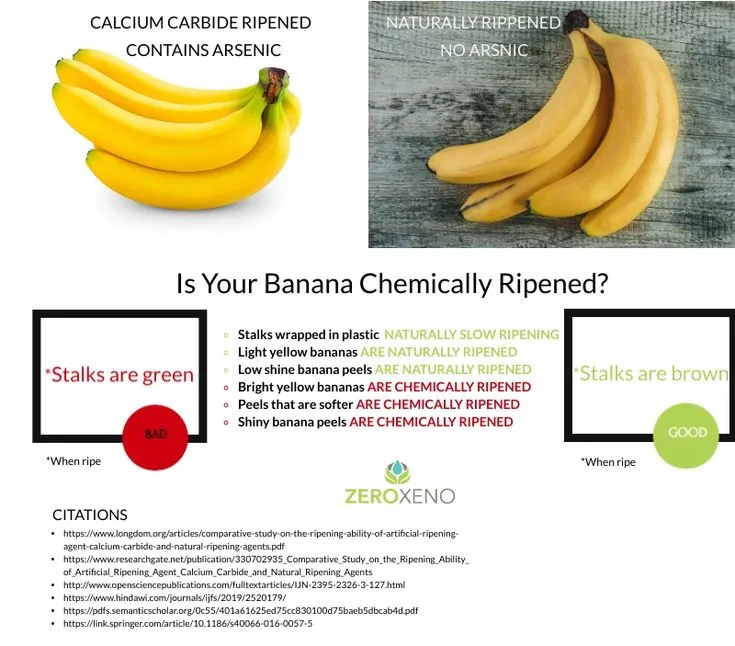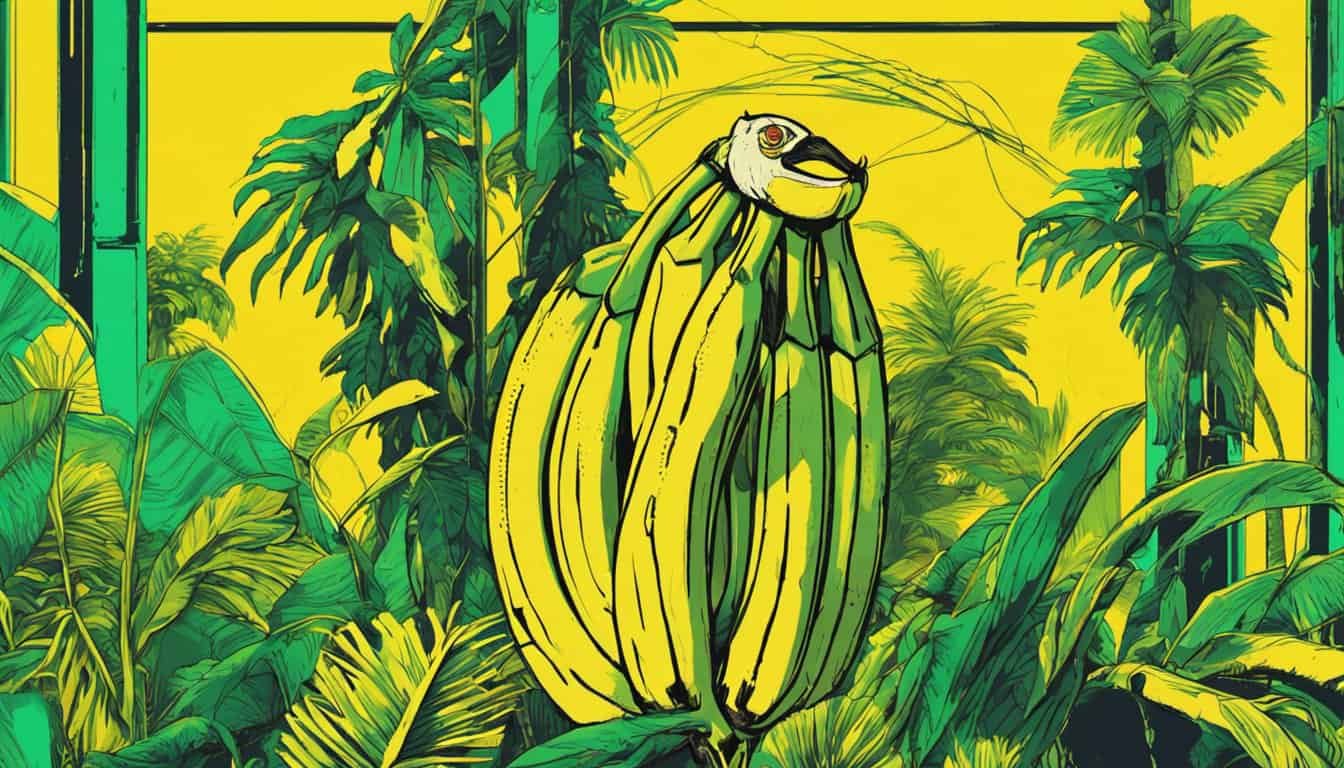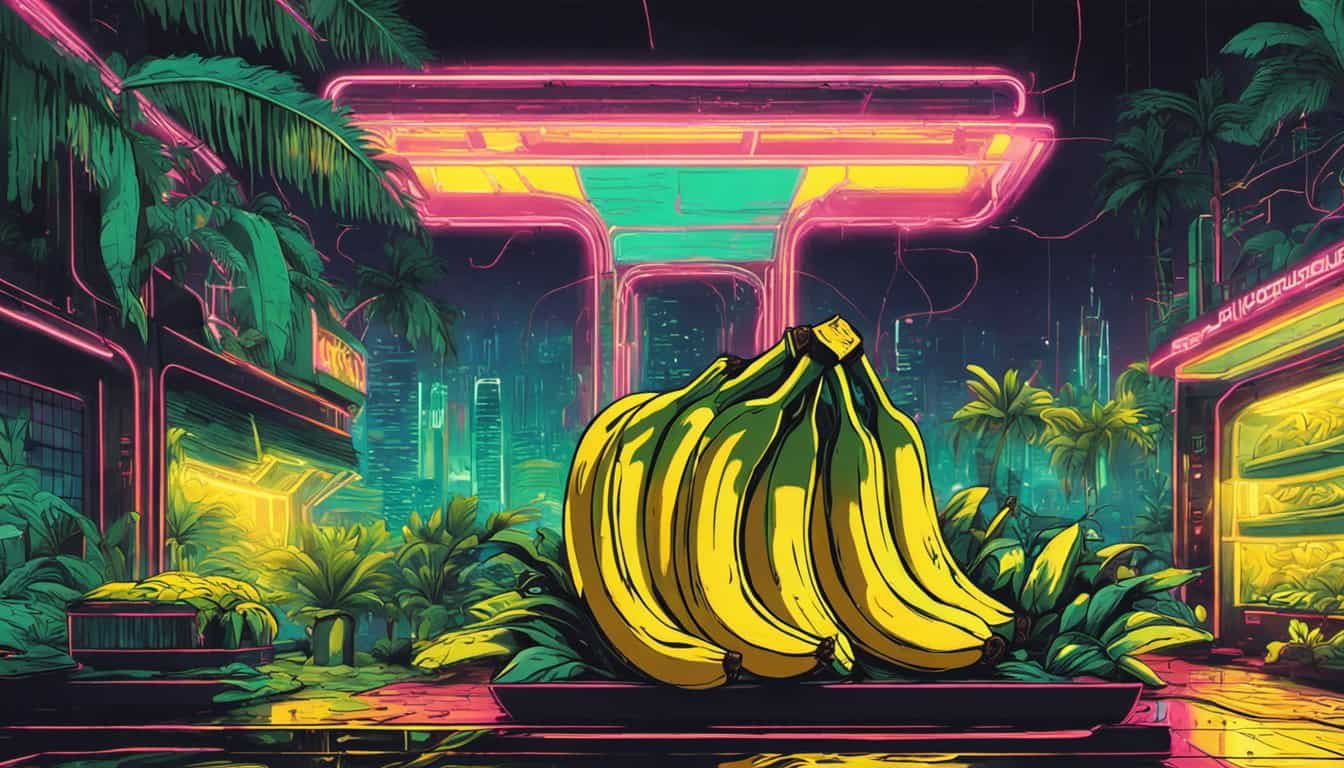Is Banana Ripening a Chemical Change? Explore the Science Behind the Process.
Have you ever wondered if banana ripening is a chemical change? This is a question that many people who love this fruit have asked. In this article, we will explore what banana ripening is, what a chemical change is, and whether or not the process of banana ripening can be classified as a chemical change.

We will also provide examples of other chemical changes for comparison, to help you gain a better understanding of this complex topic. So, whether you’re a banana lover or simply looking to learn more about this fascinating topic, keep reading to find out more.
What is banana ripening?
Banana ripening is a natural process that occurs when bananas are harvested from their plants. As bananas ripen, they undergo various chemical changes that affect their taste, texture, and appearance.

One of the key factors in banana ripening is the production of ethylene gas. This gas is produced by the banana itself and serves as a signal to other bananas nearby to begin ripening as well. As more bananas in a bunch begin to ripen, they release even more ethylene gas, creating a self-sustaining cycle of ripening.
As bananas continue to ripen, their skin will change from green to yellow and eventually brown. The fruit inside will also soften and become sweeter as enzymes break down complex carbohydrates into simple sugars.
While many people prefer ripe bananas for eating fresh or baking with, there are also benefits to using unripe or partially ripe bananas in certain recipes. These firmer fruits can add texture and structure to dishes like banana bread or savory curries.
Overall, understanding banana ripening can help consumers make informed decisions about when to purchase and use this versatile fruit. Whether eaten raw or used in cooking/baking applications – it’s safe to say that this tropical delight has won hearts over with its sweet taste!
What is a chemical reaction?
While the topic of chemical change may seem unrelated to bananas at first glance, it is actually quite relevant when it comes to understanding the fruit’s ripening process. Chemical change refers to a process in which one or more substances are transformed into new substances with different properties. In the case of bananas, this transformation occurs as the fruit ripens.
As bananas ripen, enzymes within the fruit break down complex carbohydrates into simple sugars, resulting in a sweeter taste and softer texture. This chemical change also causes the banana peel to turn from green to yellow and eventually brown as various pigments are produced.
Understanding chemical changes not only helps us appreciate the natural processes that occur around us but also allows us to manipulate them for practical purposes. For instance, we can use chemicals such as ethylene gas to accelerate or delay banana ripening depending on our needs.
In summary, while bananas may seem like a simple subject matter, they provide an excellent example of how chemical changes occur naturally and can be harnessed for practical purposes. By learning more about these processes, we can better appreciate and utilize the world around us.
The process of banana ripening and whether it can be classified as a chemical change are questions that need to be answered.
Bananas are a popular fruit that is loved by people all around the world. But have you ever wondered how they ripen and whether it can be considered a chemical change?
The process of banana ripening is a complex one that involves various chemical reactions. Bananas contain enzymes that break down starch into sugars, which causes the fruit to become sweeter as it ripens. Additionally, ethylene gas is produced by the banana itself as it matures, which triggers further changes in the fruit’s texture and color.

However, whether or not this process can be classified as a chemical change remains up for debate among scientists. While some argue that the breakdown of starch and production of ethylene constitute chemical reactions, others maintain that these changes are simply physical alterations to the structure of the fruit.
Regardless of where one stands on this issue, it cannot be denied that understanding how bananas ripen is crucial for those who work with them in any capacity – from farmers to chefs to consumers. Knowing when a banana has reached its optimal level of ripeness can make all the difference in terms of taste and quality.
So next time you bite into a ripe banana, take a moment to appreciate all the fascinating chemistry happening within its yellow peel. Whether or not we classify it as a true chemical change may ultimately be beside the point – what matters most is enjoying this delicious and nutritious fruit at its very best!
Here are some examples of other chemical changes for comparison.
While the chemical changes in bananas as they ripen are fascinating, there are many other examples of chemical changes that occur around us every day. For instance, when you light a matchstick, the chemicals on the head of the match react with oxygen in the air to produce heat and light. This is a classic example of an exothermic reaction.
Another example can be found in our own bodies. When we consume food, it undergoes a series of complex chemical reactions within our digestive system to break down into nutrients that can be absorbed by our cells. This process is known as digestion and involves hydrolysis reactions.
Chemical changes also occur during cooking. When you fry an egg or bake a cake, the heat causes chemical reactions between ingredients that transform them into new compounds with different properties and flavors.

« banana benefits for teeth
can we eat banana and yogurt together »
In addition to these everyday examples, there are also many important industrial applications of chemical change such as converting crude oil into gasoline or producing fertilizers for agriculture.
By understanding these various examples of chemical change, we can appreciate how fundamental these processes are to life and industry alike. And while bananas may seem like a small corner of this vast topic, they serve as a reminder that even something as simple as fruit can showcase some truly amazing chemistry at work.
Check out our other articles to find out even more about banana.
When it comes to the ripening of bananas, we now know that this process is a chemical change. We understand now how the internal chemistry of banana changes as they ripen, and also how this compares with other examples of chemical changes. If you want to learn more about bananas and their fascinating history, be sure to check out our other articles!













